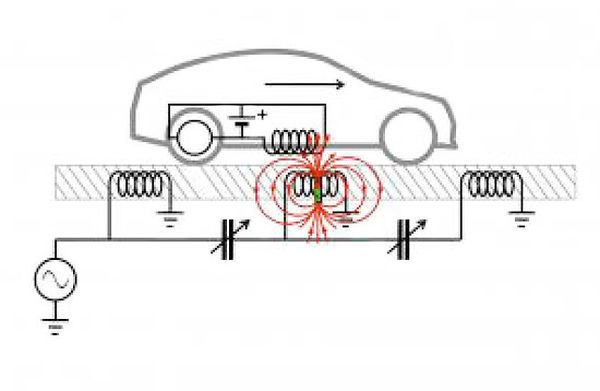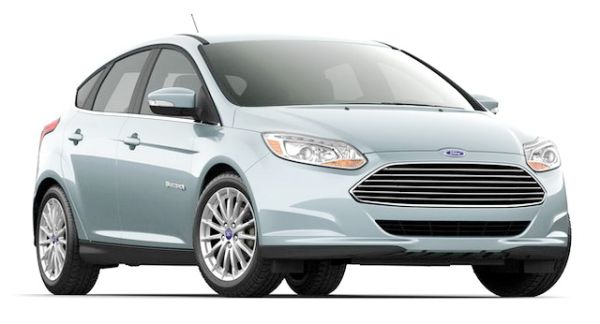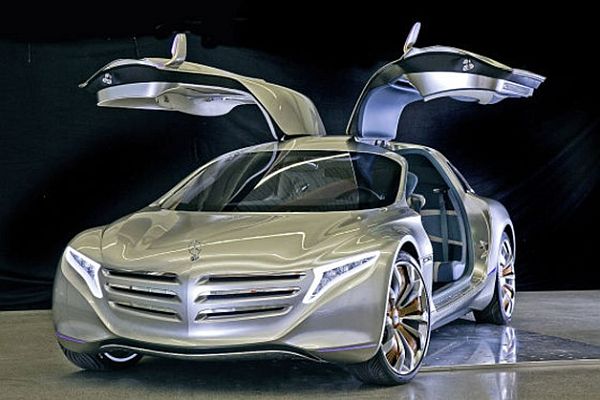The greatest problem related to an electric vehicle is its limited range. A team of researchers at the Stanford University recently made an important discovery in wireless charging technology. This technology can effectively solve the problem of limited range and increase the use of electric vehicles when in full bloom.

Researchers have established that the concept of magnetic resonance coupling will form the base for the wireless transfer technology. Two copper coils placed at a distance from one another, will be tuned to resonate at the same frequency. One coil will be connected to an electric current, which will generate a magnetic field and cause the other coil to resonate. This procedure will ultimately lead to transfer of electricity wirelessly.
Studies show that the technology used is absolutely safe and people standing near the coils will not be affected. Also the current transference will not be hindered by any obstacles between the two coils.
MIT researchers too have started work on same technology, but on a stationary version, which would transfer 3KW of charge to a parked car. Now researchers at Stanford are also upbeat about upgrading this technology by allowing a transfer of 10KW charge over a distance of 6.5 feet. The bottom of the EVs have to be installed with a receiving coil, which will receive current from the coils embedded in the highway, and resonate with current providing continuous charge to the vehicle’s battery. After experimenting with many mathematical models, the researchers concluded that if the coil is twisted at a 90 degree angle and connected with a metal plate it will be able to transfer 10KW to the two coils. Now all that’s left includes testing the concept in real world conditions for ensuring that it will not have any negative impact over the environment in any way.
Via: Ecogeek




